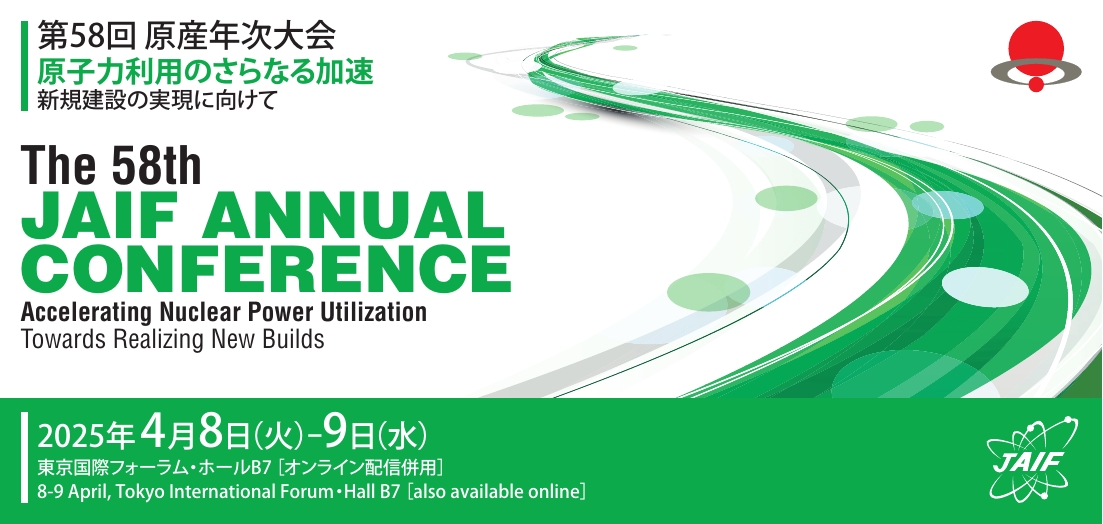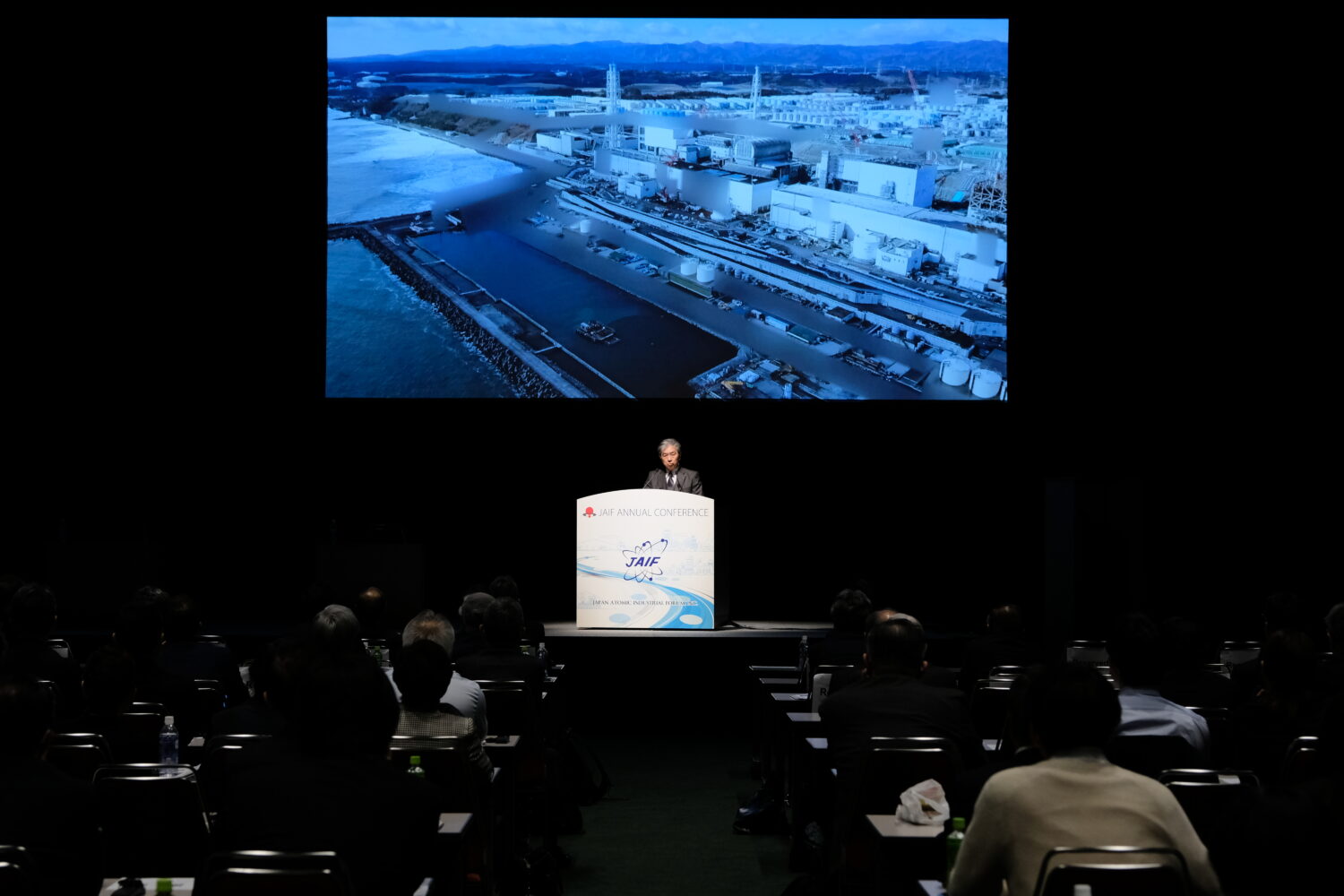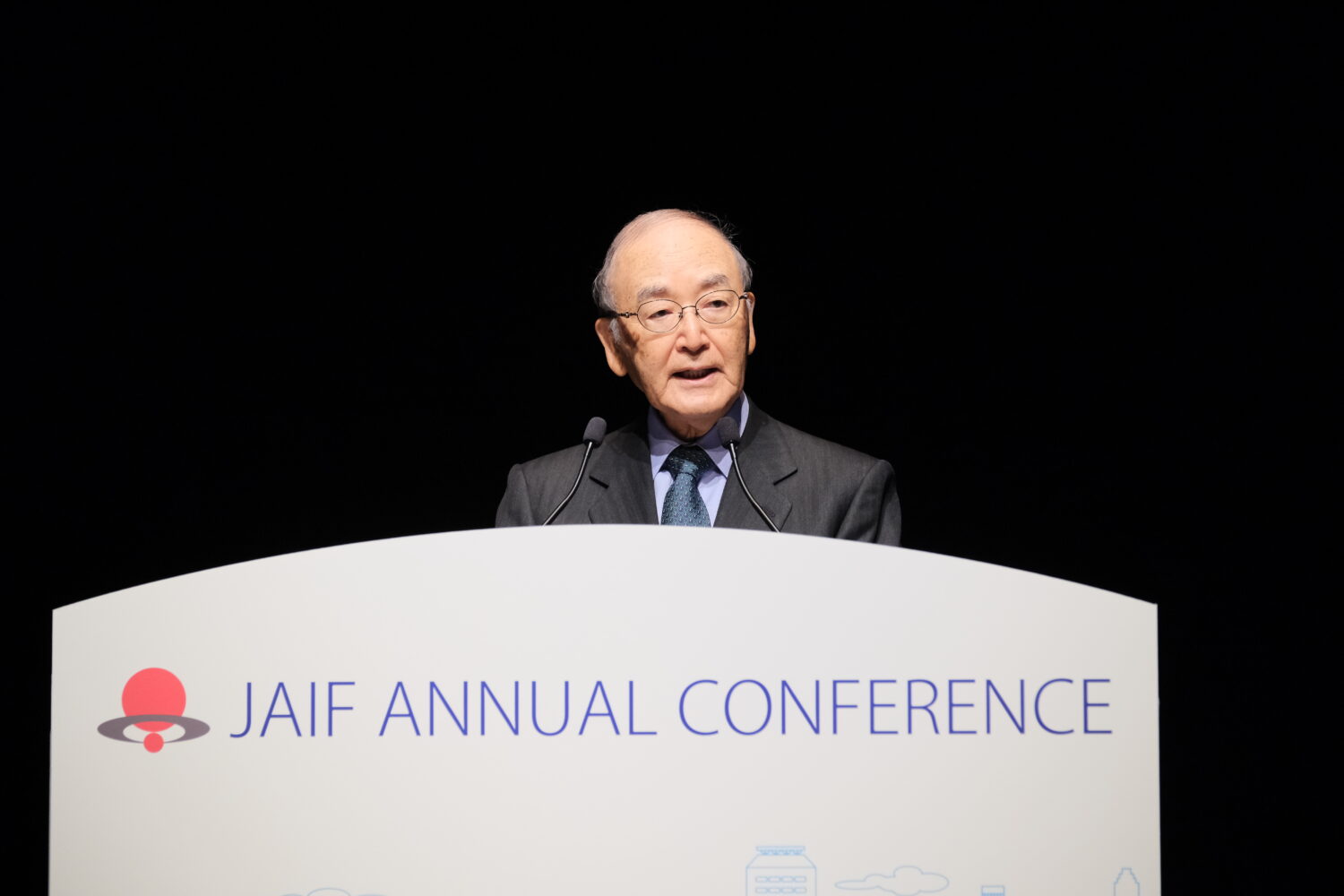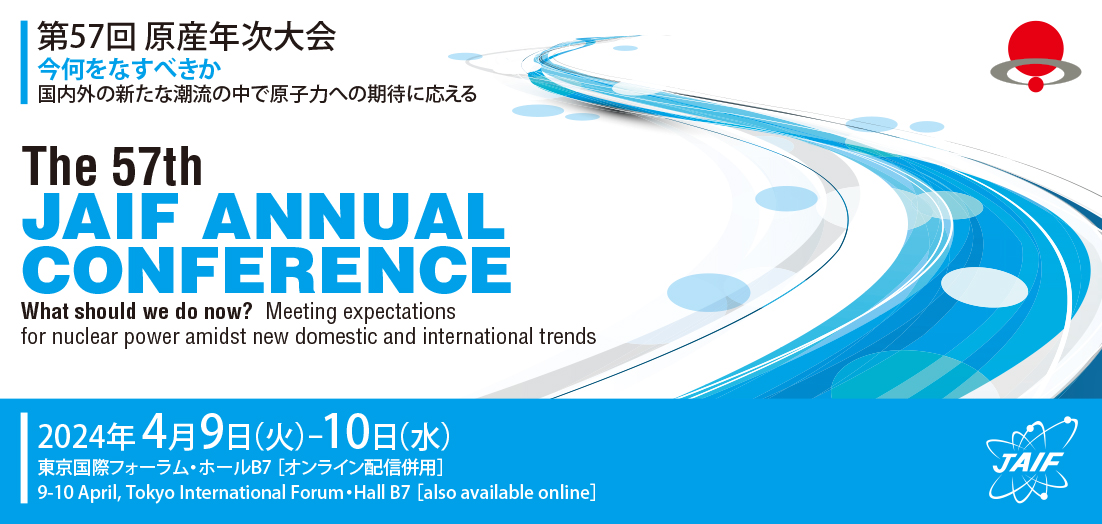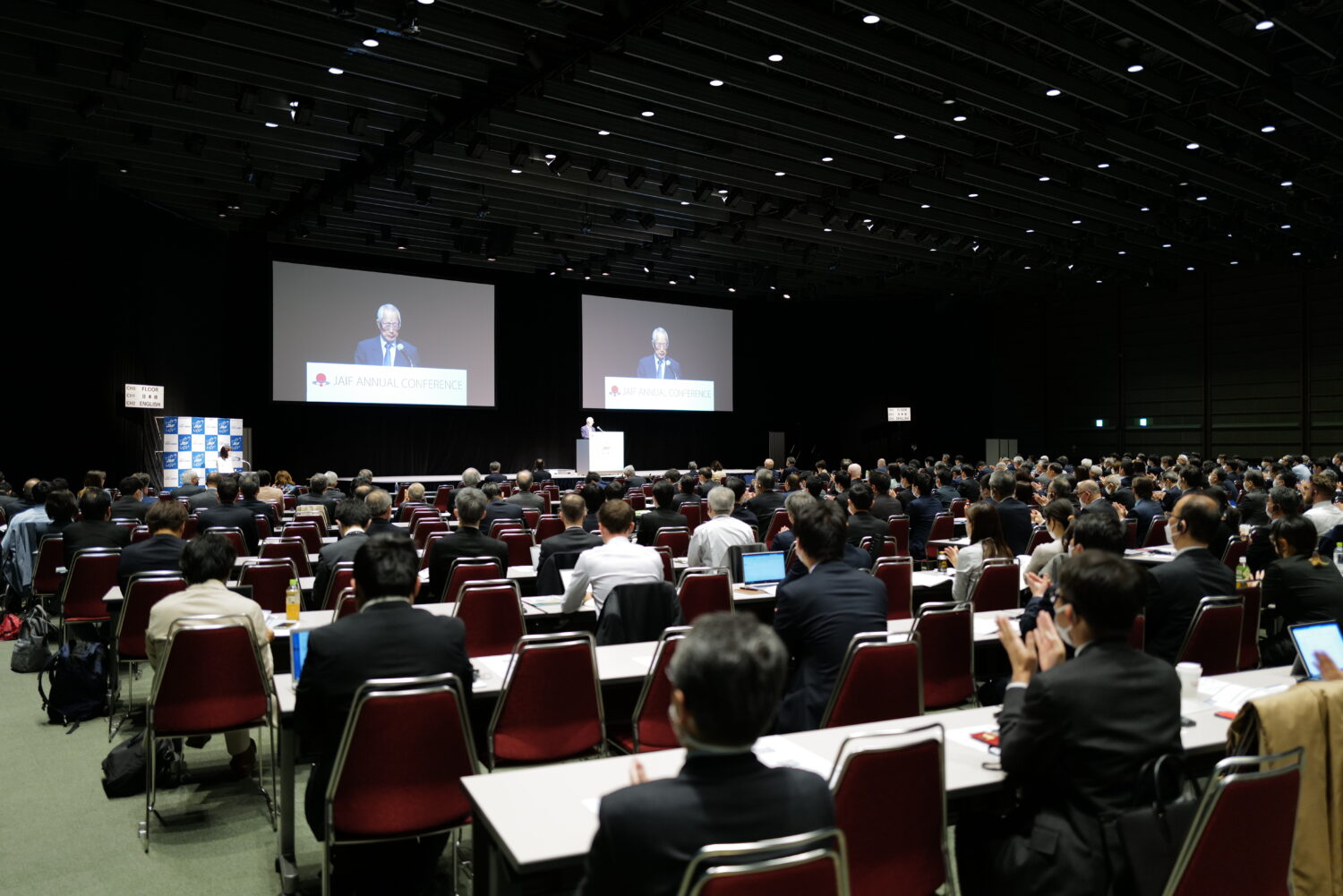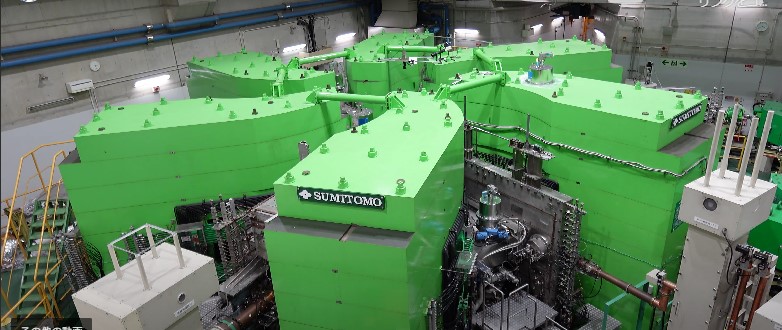A general discussion followed, moderated by Professor TAKAMURA Noboru of the Department of Global Health, Medicine and Welfare at the Atomic Bomb Disease Institute in Nagasaki University. He first compared the accidents at the Fukushima Daiichi and Chernobyl. He then discussed the reconstruction of Fukushima and efforts by Nagasaki University to support it.
At the time of the Fukushima accident in 2011, Takamura had been engaging in efforts at Nagasaki University to diagnose thyroid cancer associated with the Chernobyl disaster. Having traveled to Fukushima a week after the accident, he began the activities known as “crisis communication” in Iwaki City, part of the broader program of crisis management after the accident, in order to explain to the public the effects on health of exposure to radiation, and so forth.
The following year, within Nagasaki University’s project to support Fukushima reconstruction, he established a base to promote reconstruction in Kawauchi Village. Public health nurses from the university were stationed there to meet regularly with returned villagers and conduct other small-group risk communication activities. About 80% of residents have since returned to the village.
Meanwhile, in Okuma Town, with a population of about 10,000 before the accident, returnees represent less than 10% of the original population. Takamura pointed out that 12 years after the accident, differences in the state of progress of reconstruction among municipalities have become distinctive. “It has been 12 years since the earthquake. I want today to be an opportunity for sharing thoughts on Okuma Town,” he said, by way of introducing the town’s Mayor Yoshida, who delivered a presentation entitled the “Reconstruction of Okuma Town.”
Yoshida first expressed his gratitude by saying, “Twelve years have passed since the disaster, and we finally see a way forward toward reconstruction.” He went on to talk about the progress in reconstruction and about village activities. Orders for areas designated “where living is not permitted” and “where evacuation orders will soon be lifted” were lifted in April 2019. Meanwhile, an order for an area “where residents will not be able to return home for a long time” was partially lifted on June 30, 2022, for an area within it that was designated for inclusion among reconstruction and revitalization bases.
The mayor then reported on activities in the Ogawara District, the first reconstruction base in Okuma Town. The town’s government resumed operations in May 2019 at a newly built town hall. The same year, returnees and those who had transferred from other areas began moving into post-disaster public housing and public rental housing, respectively. Opening in 2021 were Hot Okuma, an onsen (hot springs) and accommodation facility, Link-ru Okuma, a facility for various exchange activities, and Okumart, a commercial facility. Medical and welfare facilities are also in place.
On April 10, about a week prior to Yoshida’s presentation, a “commencement” ceremony—comprising kindergarten and school entrance ceremonies and the opening ceremony of the school term—took place at Manabiya Yumenomori, a facility integrating a certified center for early childhood education and care with traditional education. The mayor expressed his hope that now school education has resumed, the number of returnees and new families would increase.
Next to give a presentation at Session 2 was the Okuma Chamber of Commerce head Reiko Hachisuka, who shared her thoughts under the heading of “Reconstruction Light.” She first expressed her gratitude for the support, ever since the disaster and continuing today, extended by people throughout the country and from overseas. She had formerly owned a small floral shop in the town, and the earthquake struck after she had delivered flowers to a local school for its graduation ceremony.
The order to evacuate the town totally altered her life, she said. Looking back on that time, Hachisuka confessed that, even with the passage of 12 years, she “does not feel confident or enjoy any peace of mind.” She still lives as an evacuee in Koriyama City, some 60km away. Three times a week she travels to the Okuma Chamber of Commerce, which has 260 members. Failures of small businesses in Okuma continue to mount up. She explained their difficulties as follows: unable to return earlier, when the small businesses did return, their customers did not.
It was said at the time of the disaster that no one would be able to live in Okuma Town for 50 years. Now, 12 years later, a town hall, post-disaster and rental housing complexes, a commercial complex and a facility for exchange activities have been built within the reconstruction base. More than 10,000 people use them annually.
Displaying an article and photo from the Fukushima Minyu Shimbun (newspaper), Hachisuka talked about the members of the Okuma Chamber of Commerce’s youth group who are working hard to continue family businesses and start up new ones. One of them said, “My parents used to be proud that nuclear power plants (NPPs) had been built in Fukushima and that they were working there. Now we will be able to boast to our children and grandchildren that we were part of the decommissioning of the plants where the accident occurred—that we were successfully able to do it.”
Hachisuka also quoted a comment by the late NOGUCHI Hideyo (1876-1928), an internationally prominent bacteriologist from the prefecture, who said, “There are only two things I can change in my life: myself and the future.” Hachisuka said that young people who have been walking in a glimmering light for 12 years, faint but promising, are now stepping more confidently into the future.
Decommissioning work at the NPPs that experienced unprecedented accidents requires verifications of safety by the IAEA and monitoring by third parties. All that is being done thoroughly and scientifically, and clear information on it must be conveyed to local residents. Otherwise, Hachisuka said, concluding her presentation, there will be no future for those of her generation and younger ones.
After the presentations, Professor Takamura moderated a discussion. Mayor Yoshida said that reconstruction of Okuma would have been impossible without the strong commitment of former Mayor WATANABE Toshitsuna and support from many people. He said that current work—to reestablish education, support business startups, and reduce rents and utility charges at the Okuma Incubation Center, making it easier for young people to use—were all repayments of those earlier efforts.
Meanwhile, Hachisuka said that the Chamber of Commerce, along with young users of the Incubation Center, had produced a plan to start a sogyo-juku (Prep School for Starting a Business). “Okuma Town will be reborn through the steps forward taken together by those who grew up there and those who are new there, generating new winds and new ways of thinking.”
Takamura said that a medical system was a “keyword” in the reconstruction of Hamadori. Based on his experience receiving care at the new medical center in Tomioka Town, he agreed that there was still a need for a medical facility able to respond and provide care in emergencies.
Education is essential, together with medical care, for regional reconstruction. In April 2023, educational activities were resumed in Okuma. Yoshida said, “We wanted to make a place where residents from the youngest to the oldest could learn together.” Acknowledging that the facility has been criticized as too luxurious, the mayor said, “Before the disaster, there were two kindergartens, two primary schools, one junior high school, one nursery school and one children’s center. All those have been integrated into one facility with unique, appealing architecture.
Hachisuka said that she and the people of the region wanted to support the school complex—Manabiya Yumeno Mori—inspiring others to want to attend “for the happy lessons available only there.”
Wrapping up the discussions, Yoshida said, “Reconstruction in Okuma Town lags behind that in other regions. Its population, which had once been about 11,500, is now less than 1,000. But the town has much room to grow. As the population grows, we will increase housing and develop industrial parks. We appreciate your encouragement and support.”
Hachisuka then offered participants a final word: “You may have hope in Okuma Town. I encourage you to keep your eyes on us as we move in a new and promising direction.”




